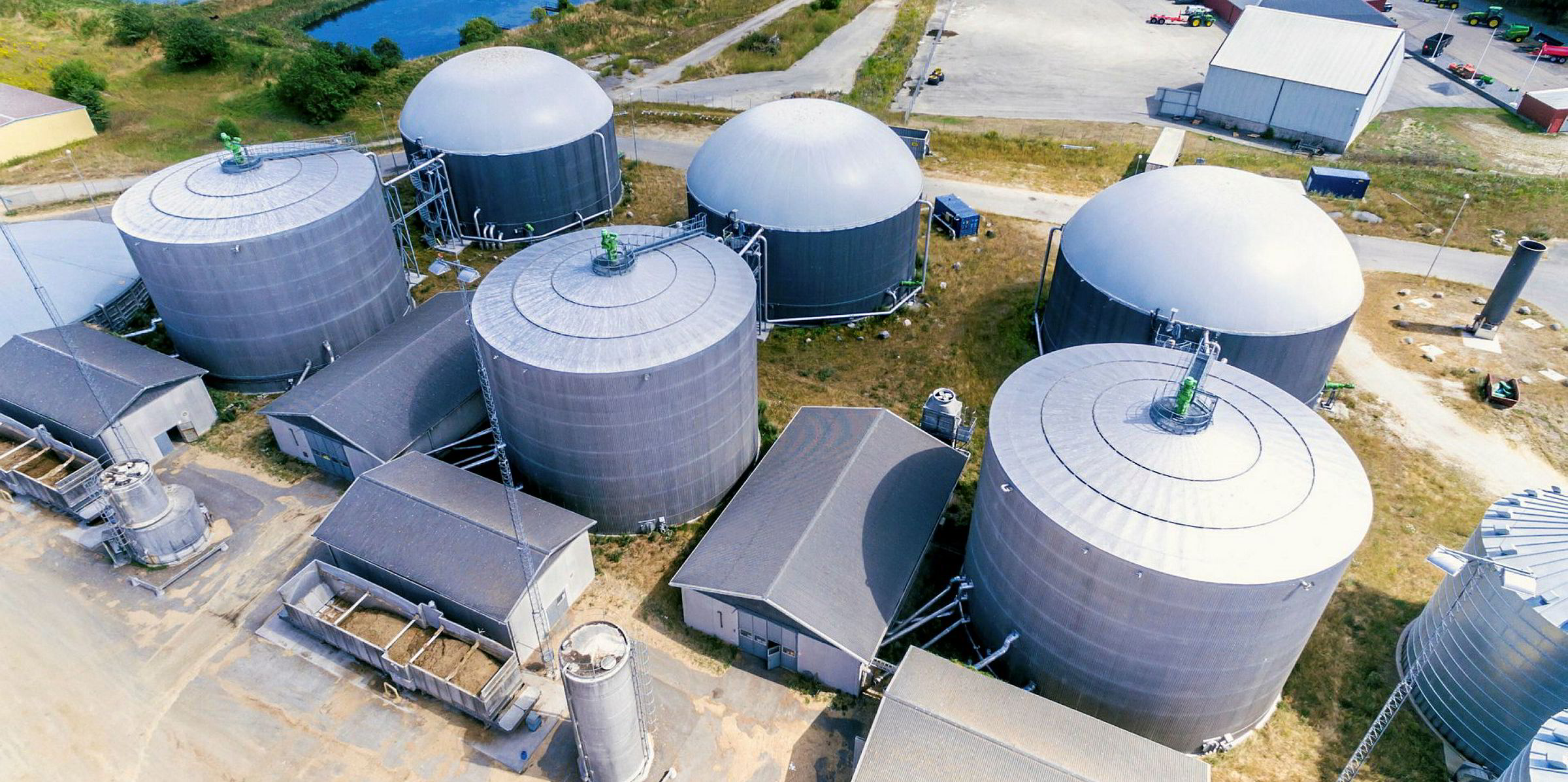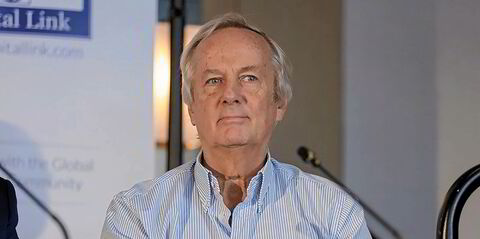This year has been transformational. Set against a backdrop of a first and second wave of Covid-19, big oil price variances, and the International Maritime Organization’s 2020 regulations, the journey this year has not been easy.
The pandemic created supply-chain disruptions that left ships stranded with intensified credit risk and questioned the visibility and predictability of bunker demand.
After a year like no other, TradeWinds asked 40 shipping industry stakeholders what they see for 2021 after a year beset by the coronavirus, and how the pandemic will shape shipping's future.
While the coronavirus has brought important lessons and opportunities for every company — ourselves included — it highlights that we all have to be prepared to respond to the unknown events.
Resilience is at the heart of the shipping industry, proven by its progress this year and how smoothly IMO 2020 came into force, which was better than expected.
In the middle of the pandemic, we were encouraged to find that the development of LNG bunker fuel has not been held up. The forces driving the industry to pursue reduced emissions are still there so, while Covid-19 has introduced challenges to the way we work, it has not slowed us down.
Making history
The launch of our first LNG bunker vessel — the 18,600-cbm Gas Agility (built 2020) — and its history-making debut operation for the 23,100-teu CMA CGM Jacques Saade (built 2020) demonstrate the transition from heavy fuel oil to LNG is competitive, efficient and an immediately available solution. It also marked the shipping industry’s first commercial use of biomethane on this scale.
From Total Marine Fuels Global Solutions’ point of view, LNG is the best solution for the transition period until we find a carbon-neutral solution to fuel ships.
LNG will cover at least two generations of operational vessels, while the development of other low-carbon fuel alternatives continues. With 25% of the containership orderbook already composed of LNG-fuelled vessels, this transition is strongly underway.
As we all begin to discover just what the "new normal" will be in 2021, a return to the pre-Covid-19 environment looks unlikely.
We’ve been very active making investments both in Europe and Asia in the LNG infrastructure we believe is needed for our shipowning clients in the transition to 2050. This includes serving the future major LNG bunker hubs in Rotterdam, Singapore and the Mediterranean.
We expect a sharp rise in the global demand for LNG bunkers in the next few years as the race to clean up shipping gains further momentum.
The market is on track to reach our estimated demand of 10 million tonnes per annum by 2025, and Total’s new LNG infrastructure assets in 2021 will be timely in supporting this.
The next 18 months will be busy and an exciting time.




